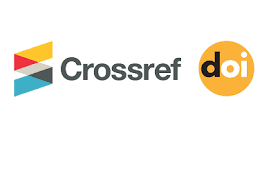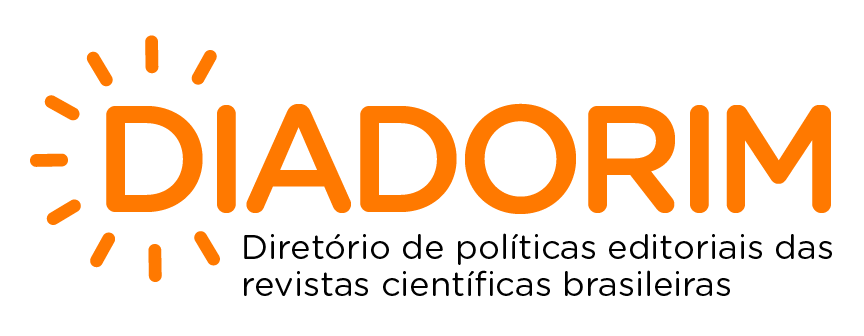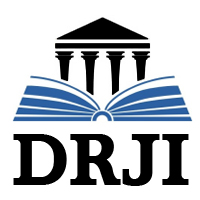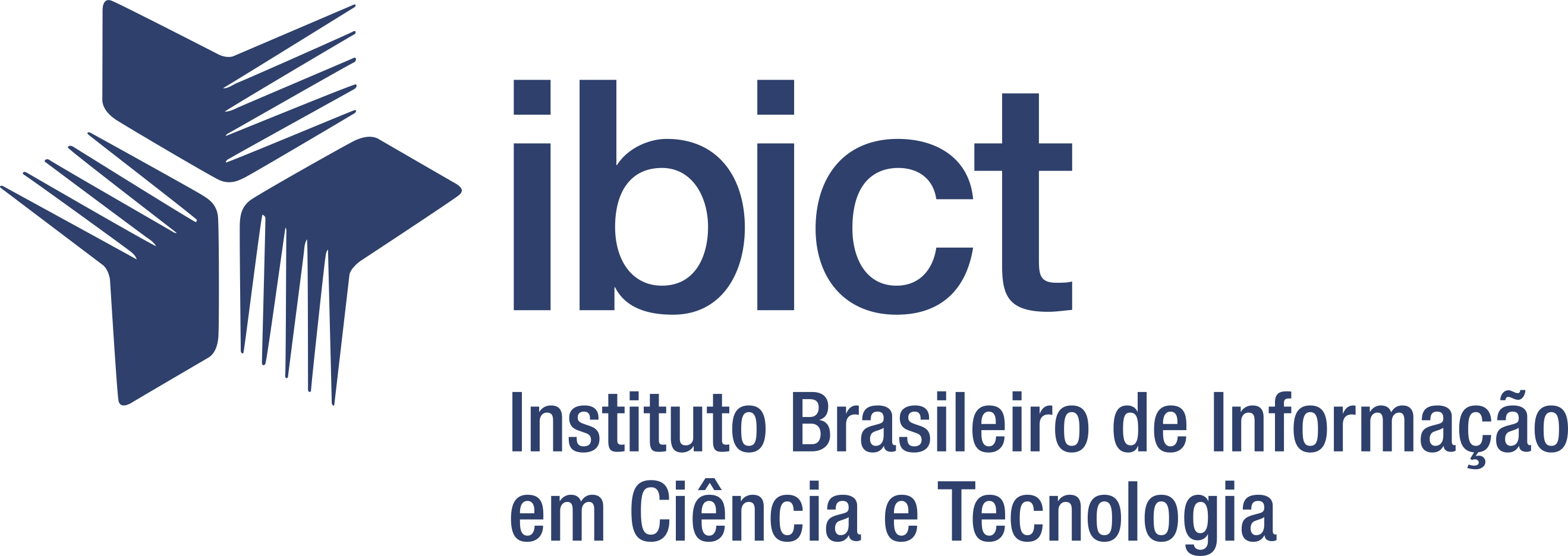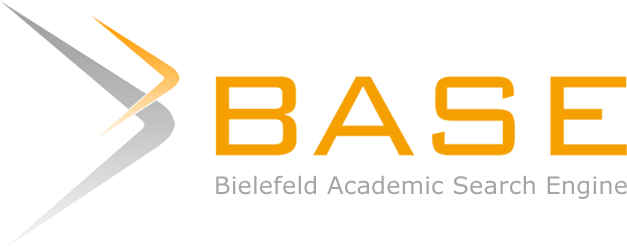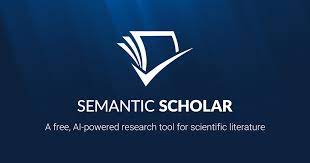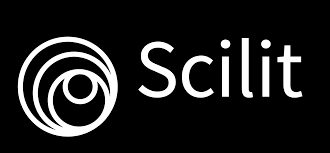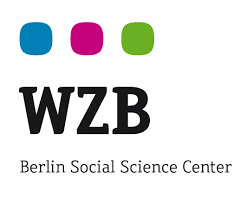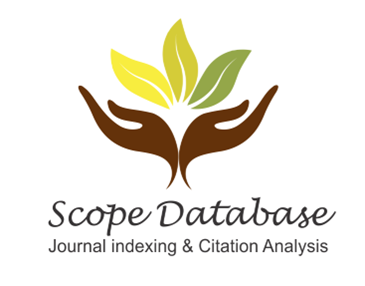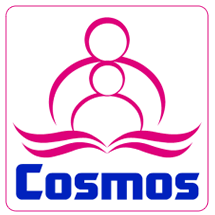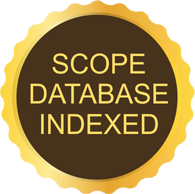KNOWLEDGE GAPS OF LATENT TUBERCULOSIS AND DEVELOPMENT OF APPLICATION TO DIAGNOSE AND TREAT TUBERCULOSIS AND LATENT TUBERCULOSIS IN CHILDHOOD
DOI:
https://doi.org/10.47820/recisatec.v4i2.348Keywords:
Pulmonary Tuberculosis, Latent Tuberculosis, Technology, Mobile ApplicationsAbstract
Objective: To identify knowledge and attitude gaps among healthcare professionals regarding the management of LTBI and to develop an application to assist in diagnosing and treating LTBI and active TB in childhood. Methods: Pilot study of developing and testing a prototype application divided into three stages: pre-test, validation with experts, and implementation in primary care. Statistical analysis included calculating the mean, as well as measures of central tendency and dispersion. Results: There were 24 volunteers who responded to the pre-test; 20 responded to the usability questionnaire, and 9 provided personal data. Regarding knowledge gaps, the main one identified was regarding which household contacts should receive treatment for TB prevention, especially in the absence of tuberculin testing. The application was well-received and evaluated as easy to use. Conclusions: The present study showed that the application will be well accepted by primary care health professionals as the majority agree that its use will facilitate the diagnosis of TB and LTBI in childhood and the prescription of treatment.
Downloads
References
BRASIL. Departamento de Informática do SUS (DataSUS). SIPNI - Sistema de Informações do Programa Nacional de Imunizações. Brasilia: Ministério da Saúde, 2023a. Disponível em: http://sipni-gestao.datasus.gov.br/si-pni-web/faces/relatorio/consolidado/vacinometroMultivacinacao.jsf. Acesso em: 24 fev 2023.
BRASIL. Ministério da Saúde. TB 2023b. Secretaria de Vigilância em Saúde e Ambiente. Boletim epidemiológico, n. Especial, mar. 2023
DA ROCHA, Fernanda Suzart et al. Uso de Apps para a promoção dos cuidados à saúde. Anais do Seminário Tecnologias Aplicadas a Educação e Saúde, 2017. Disponível em: https://www.revistas.uneb.br/index.php/staes/article/view/3832/2382
HENSHER, Martin et al. Scoping review: development and assessment of evaluation frameworks of mobile health apps for recommendations to consumers. Journal of the American Medical Informatics Association, v. 28, n. 6, p. 1318-1329, 2021. DOI: https://doi.org/10.1093/jamia/ocab041
KEUTZER, L.; WICHA, S. G.; SIMONSSON, U. S. Mobile Health Apps for Improvement of Tuberculosis Treatment: Descriptive Review. JMIR Mhealth Uhealth., v. 8, n. 4, p. e17246, 2020. DOI: https://doi.org/10.2196/17246
KONTTURI, Antti et al. Tuberculosis contact investigation results among paediatric contacts in low-incidence settings in Finland. European journal of pediatrics, v. 180, p. 2185-2192, 2021. DOI: https://doi.org/10.1007/s00431-021-04000-7
MACIEL, Ethel Leonor Noia et al. Evaluation of a scoring system recommended by the Brazilian Ministry of Health for the diagnosis of childhood tuberculosis. Cadernos de Saúde Pública, v. 24, p. 402-408, 2008. DOI: https://doi.org/10.1590/S0102-311X2008000200019
PALMER, Megan et al. Optimising computer aided detection to identify intra-thoracic tuberculosis on chest x-ray in South African children. PLOS Global Public Health, v. 3, n. 5, p. e0001799, 2023. DOI: https://doi.org/10.1371/journal.pgph.0001799
PANDE, Tripti et al. Evaluating clinicians’ user experience and acceptability of LearnTB, a smartphone application for tuberculosis in India. Mhealth, v. 3, 2017. DOI: https://doi.org/10.21037/mhealth.2017.07.01
RAMOS, Jonas et al. Knowledge and perceptions of tuberculosis transmission and prevention among physicians and nurses in three Brazilian capitals with high incidence of tuberculosis. Jornal Brasileiro de Pneumologia, v. 44, p. 168-170, 2018. DOI: https://doi.org/10.1590/s1806-37562018000000019
SANT'ANNA, C. C.; SANTOS, M. A.; FRANCO, R. Diagnosis of pulmonary tuberculosis by score system in children and adolescents: a trial in a reference center in Bahia, Brazil. Braz J Infect Dis., v. 8, n. 4, p. 305-10, 2004. DOI: https://doi.org/10.1590/S1413-86702004000400006
SILVA, A. P. et al. Non-completion of latent tuberculous infection treatment among children in Rio de Janeiro State, Brazil. The International Journal of Tuberculosis and Lung Disease, v. 20, n. 4, p. 479-486, 2016. DOI: https://doi.org/10.5588/ijtld.15.0609
TAHAN, T. T.; GABARDO, B. M. A.; ROSSONI, A. M. O. Tuberculosis in childhood and adolescence: a view from different perspectives. J Pediatr (Rio J)., v. 96, Suppl 1, p. 99-110, 2020. DOI: https://doi.org/10.1016/j.jped.2019.11.002
TRAJMAN, Anete et al. Knowledge, attitudes and practices on tuberculosis transmission and prevention among auxiliary healthcare professionals in three Brazilian high-burden cities: a cross-sectional survey. BMC health services research, v. 19, n. 1, p. 1-8, 2019. DOI: https://doi.org/10.1186/s12913-019-4231-x
VELEN, Kavindhran et al. The effectiveness of contact investigation among contacts of tuberculosis patients: a systematic review and meta-analysis. European Respiratory Journal, v. 58, n. 6, 2021. DOI: https://doi.org/10.1183/13993003.00266-2021
WORLD HEALTH ORGANIZATION – WHO. Strategy--Global strategy and targets for tuberculosis prevention, care and control after. Geneva: World Health Organization, 2015. Disponível em: http://www.who.int/tb/post2015_strategy/en/
WORLD HEALTH ORGANIZATION (WHO). Global Tuberculosis Report 2022. Genebra: WHO, 2022. Disponível em: https://www.who.int/teams/global-tuberculosis-programme/tb-reports/global-tuberculosis-report-2022. Acesso em: 24 jan. 2023.
WORLD HEALTH ORGANIZATION. Global Tuberculosis Report 2020. Geneva: WHO, 2019. Disponível em: https://www.who.int/publications/i/item/9789240013131
Downloads
Published
How to Cite
License
Copyright (c) 2024 RECISATEC - SCIENTIFIC JOURNAL HEALTH AND TECHNOLOGY

This work is licensed under a Creative Commons Attribution 4.0 International License.
Os direitos autorais dos artigos/resenhas/TCCs publicados pertecem à revista RECISATEC, e seguem o padrão Creative Commons (CC BY 4.0), permitindo a cópia ou reprodução, desde que cite a fonte e respeite os direitos dos autores e contenham menção aos mesmos nos créditos. Toda e qualquer obra publicada na revista, seu conteúdo é de responsabilidade dos autores, cabendo a RECISATEC apenas ser o veículo de divulgação, seguindo os padrões nacionais e internacionais de publicação.








